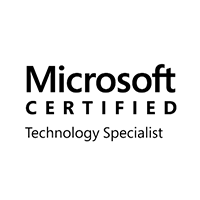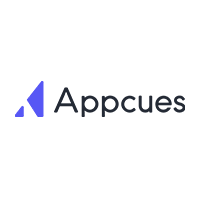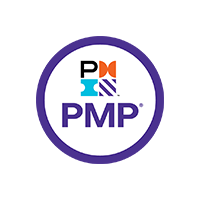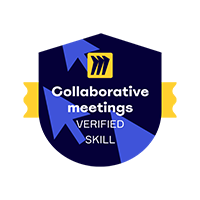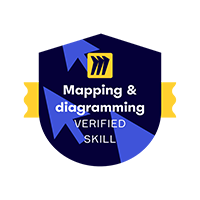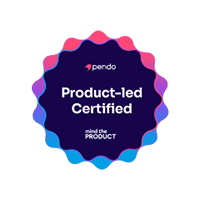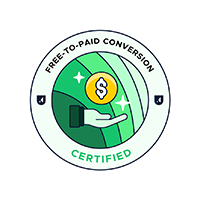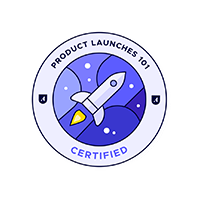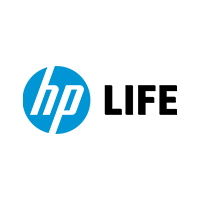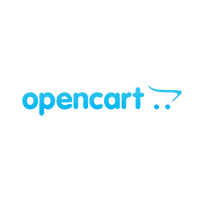High Conversion Landing Pages -
Transform Your Visitors Into Customers
You will get from us:
Your Preferred CMS A landing page website with a high conversion rate, created using WordPress, Joomla, or any CMS of your choice.
Responsive, Fast, SEO-friendly A visually appealing animations designed for optimal user experience, aligned with SEO guidelines.
Your Perfect Design Choose between our pre-designed templates or opt for a custom design crafted from the ground up.
Free Analytics Setup Integration of Google Analytics and Facebook Pixel to refine your marketing strategies for improved outcomes.
Effective CTA Strategy User-friendly lead capture forms and appealing call-to-action buttons for immediate responses.
Guaranteed Commitments Clear and straightforward terms of engagement. Agreement including assurances and obligations.
Get a Free Consultation!
Chat with our Consultants!
Request a Callback
Landing Page Packages
Light Package
The package includes:
- Our ready-made design template
- Copywriting for headlines and body text
- Basic SEO optimization
- Google Analytics and Facebook Pixel setup
- Basic website security setup
Popular Package
The package includes:
- Our ready-made design with wide customization
- Copywriting for headlines, body text. Call-to-action buttons optimization
- Advanced SEO optimization with keyword research. SEO-strategy setup
- Integration with social media
VIP Package
The package includes:
- Unique design solution from scratch
- Contact form integration with conditional logic and lead capture
- Advanced SEO optimization with keyword research and content creation
- Custom coding and development for unique features and functionality
Examples of Our Work
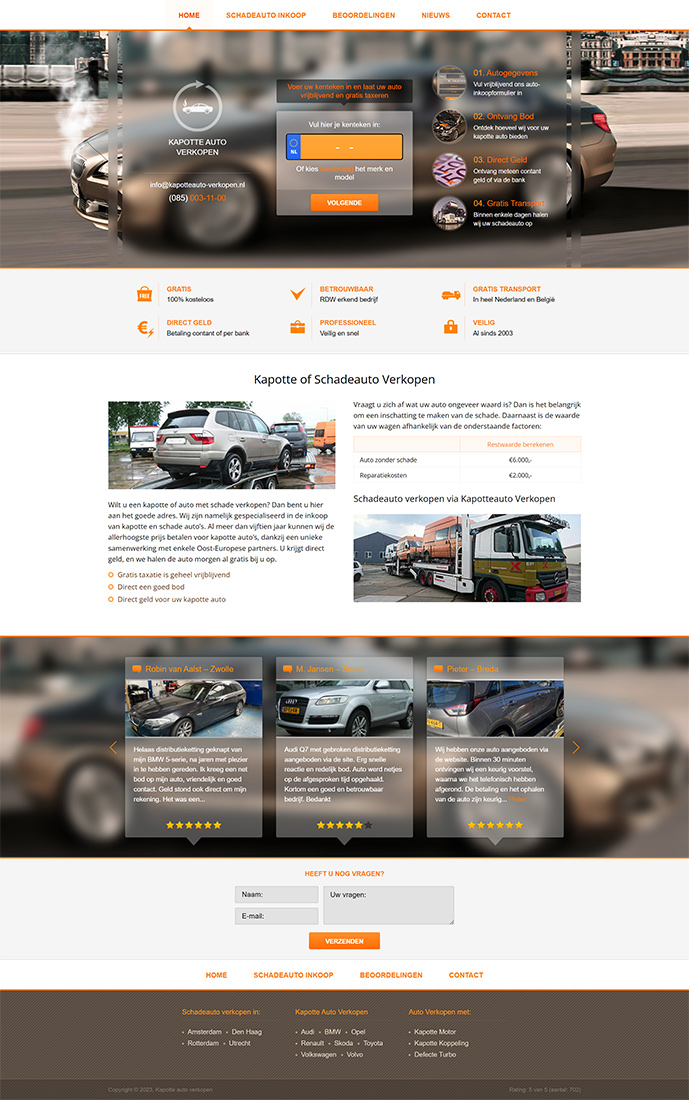
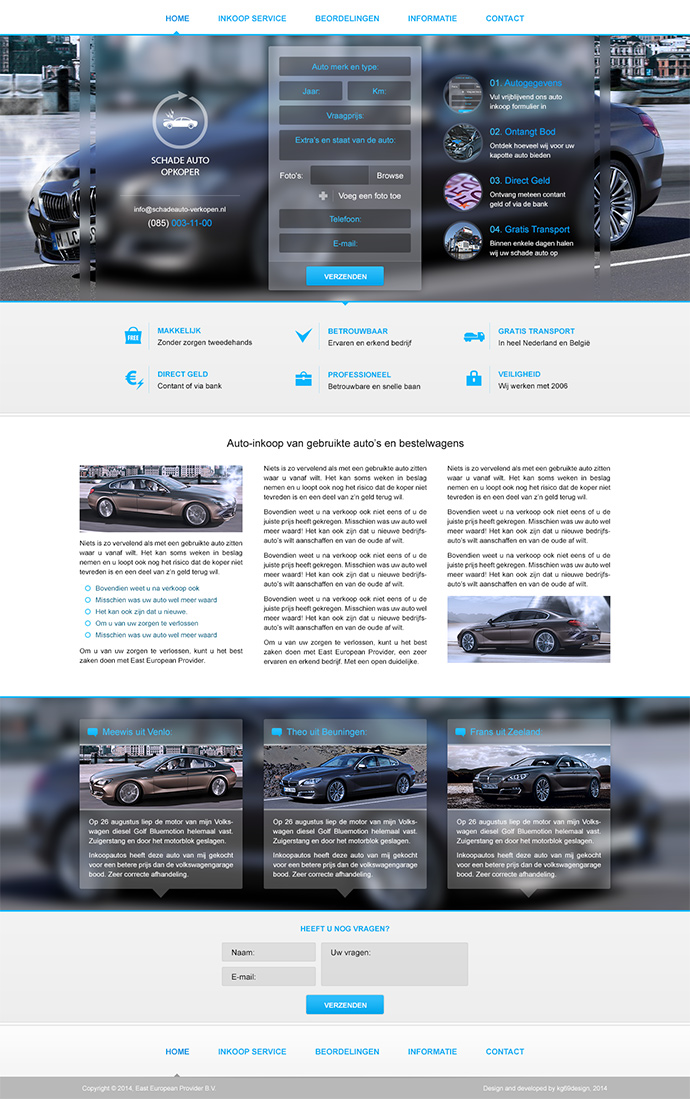
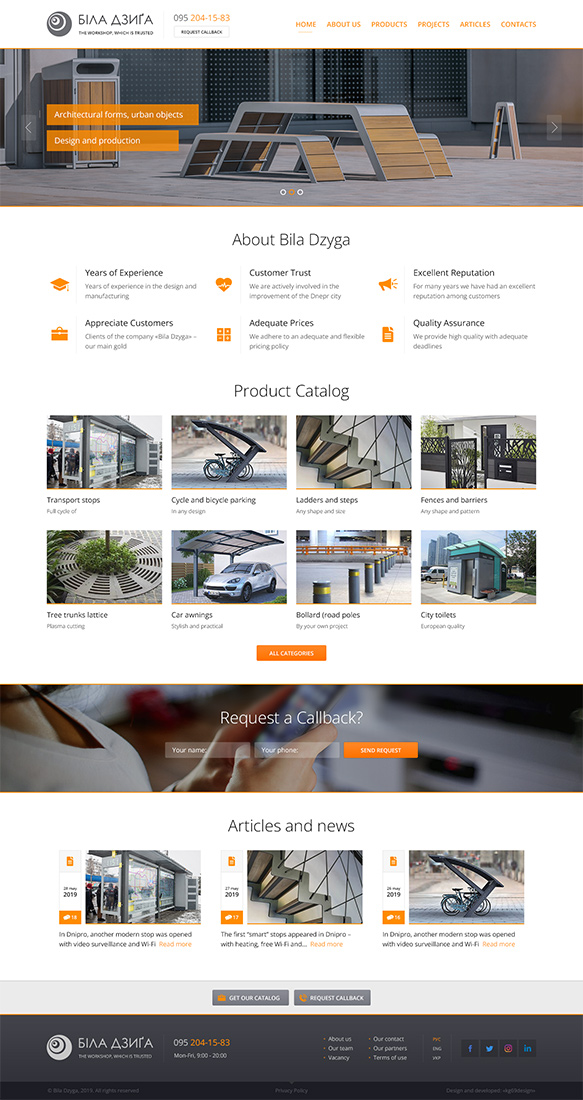










Reasons To Order Landing
Page From Us
How Do We Work
Our Clients Asked
Landing Page Best Practices 2024
Recommended Analytics Tools for Landing Page Performance
Google Analytics is highly recommended for its detailed insights into visitor behavior and conversion rates, at no cost for its basic version. Other tools like Hotjar offer user behavior visualization through heatmaps, while Unbounce provides specialized landing page analytics and A/B testing, enabling a comprehensive performance analysis.
- Google Analytics for comprehensive tracking and insights.
- Hotjar for visualizing user behavior with heatmaps and recordings.
- Unbounce for landing page-specific analytics and built-in A/B testing.
Conducting A/B Testing on Landing Pages
A/B testing can be efficiently carried out using tools such as Google Optimize, Optimizely, or VWO. These platforms enable the creation and comparison of landing page variations, focusing on elements like headlines, CTAs, and content, to determine which version yields higher conversion rates, thereby facilitating data-driven optimizations.
- Use platforms like Google Optimize, Optimizely, or VWO for A/B testing.
- Test variations of headlines, CTAs, images, and content to see what performs best.
- Analyze results to make informed decisions on page design and content.
Setting Up Goal Tracking for Landing Page Conversions
Goal tracking for landing page conversions is achievable through tools like Google Analytics, where specific actions such as form submissions or purchases are defined as goals. This setup provides insights into conversion effectiveness and identifies areas for optimization, crucial for the ongoing improvement of landing page performance.
- Google Analytics allows for the setup of specific conversion goals.
- Define actions like form submissions and purchases as measurable goals.
- Configuring and analyzing these goals offers insights into landing page effectiveness.
In conclusion, employing analytics and testing strategies is vital for understanding and enhancing landing page performance. Through the use of recommended tools for analytics, A/B testing, and goal tracking, businesses can gain valuable data-driven insights, enabling continuous optimization of their landing pages towards achieving higher conversions and fulfilling marketing objectives more effectively.
Design and User Experience (UX) for Landing Pages
The UX design of a landing page directly impacts its effectiveness in converting visitors. By optimizing the layout, content, and interactions, businesses can create pages that not only meet user expectations but also drive them towards making a decision.
- Landing page UX design is essential for optimizing layout, content, and interactions to boost conversions.
- The design focuses on meeting user needs and behaviors to ensure pages are visually appealing, easy to navigate, and interactive.
- The ultimate aim is guiding visitors towards a desired action, such as making a purchase or signing up for a newsletter.
Key Elements of Effective Landing Page Design
An effective landing page design is a blend of visual appeal, functionality, and psychological elements, aiming to convert visitors by providing a seamless and engaging user experience.
- Combines aesthetics, functionality, and psychology.
- Includes a clear headline, concise content, high-quality visuals, a straightforward call-to-action (CTA), and trust signals like testimonials.
- Emphasizes simplicity and speed for a seamless user experience.
Understanding Landing Page Wireframes
Wireframes are crucial for mapping out the structure of a landing page, ensuring that the design is focused on usability and guiding the user towards conversion before any visual elements are added.
- Wireframes act as a layout blueprint, detailing the placement of headers, text, images, and CTAs without focusing on detailed design.
- Serve as a planning tool for designers and stakeholders to finalize the structure before moving on to detailed design, with an emphasis on usability and conversion paths.
Template vs. Custom Design
The decision between a template and a custom design can significantly affect the landing page’s conversion potential, with custom designs offering a more personalized approach that may lead to higher engagement and conversions.
- The choice between using a template or opting for custom design hinges on budget, timeline, and specific needs.
- Templates offer a quick and cost-effective solution but may not fully match your brand identity.
- Custom designs provide a tailored experience that aligns with your goals, potentially increasing conversions by 25% compared to templates.
Landing Page Length and Content Balance
Finding the right balance in landing page length is key to maintaining user interest and engagement. The content should be long enough to convey the offer’s value but concise enough to not overwhelm the visitor.
- The length of a landing page should match the objective and complexity of the offer.
- Short pages are suited for simple offers, while more complex offers may require longer pages with detailed explanations.
- It’s crucial to persuade without overwhelming the audience, using segmentation and clear headings for enhanced engagement.
Ensuring that landing page design and user experience (UX) are top priorities can significantly impact conversion rates. Whether opting for a streamlined template or a custom design that speaks directly to your audience, the focus should always be on meeting user needs. This approach guarantees that landing pages are not only visually compelling but also effectively drive the desired outcomes.
In conclusion, the success of landing pages in driving conversions lies in a well-executed design and UX strategy. By focusing on user-centric elements and choosing the right design approach, businesses can create landing pages that resonate with their target audience and lead to higher conversion rates.
Choosing the Right Software for Landing Page Creation
Selecting the optimal software for landing page development hinges on specific needs, skill levels, and budget constraints. Options range from WordPress enhanced with builder plugins like Elementor and Divi, offering flexibility and control, to specialized platforms such as Unbounce, Leadpages, and Instapage, known for their user-friendly interfaces and conversion-centric features.
- Considerations include personal or organizational requirements, technical expertise, and financial resources.
- Popular platforms feature WordPress with Elementor or Divi for customization, alongside Unbounce, Leadpages, and Instapage for ease of use and focused conversion tools.
- Each platform presents unique advantages, from extensive design options to built-in analytics and A/B testing capabilities.
Landing Page Creation Without Coding
The necessity for coding knowledge in building landing pages has diminished with the advent of drag-and-drop website builders. These platforms facilitate the design process, enabling the creation of landing pages without delving into code. Nonetheless, possessing coding skills can further enhance customization possibilities and allow for more sophisticated feature incorporation.
- Drag-and-drop interfaces simplify the design process, requiring no coding expertise.
- Coding knowledge can unlock advanced customization options and integration of complex features.
Free Landing Page Building Options
Constructing a landing page at no cost is feasible with platforms offering free plans, such as WordPress.com, Wix, and Google Sites. These plans typically include basic functionalities and may display the platform’s branding, with certain limitations on customization and feature sets.
- Platforms like WordPress.com, Wix, and Google Sites provide free options with essential features.
- Free plans may incorporate platform branding and offer limited customization capabilities.
- Upgrading to paid plans is often necessary for access to advanced features and a more professional appearance.
Developing a Landing Page Builder
The endeavor to create a proprietary landing page builder involves comprehensive web development knowledge, covering both front-end technologies like HTML, CSS, JavaScript, and potential back-end system management for more complex functionalities such as user accounts and template saving.
- A solid grasp of front-end and possibly back-end technologies is crucial.
- Key development focuses include crafting a user-friendly interface, implementing drag-and-drop functionalities, and compiling a comprehensive template and element library.
- The project typically necessitates collaboration among developers, designers, and UX experts.
Complexity of Landing Page Creation
The complexity involved in crafting a landing page can vary significantly based on the tools and design approach selected. While modern no-code builders offer a straightforward path to creating basic landing pages, devising a high-converting page with custom features may require a deeper understanding of web design principles, UX considerations, and potentially coding.
- No-code builders provide an accessible route for basic page creation.
- Custom designs with advanced features demand a thorough understanding of design and coding.
Time Investment in Designing a Landing Page
The duration required to design a landing page is highly variable, influenced by factors such as the design’s complexity, the degree of customization, and the designer’s proficiency. Projects can extend from a few hours for simple, template-based designs to over 40 hours for bespoke, highly detailed designs, inclusive of concept development and revisions.
- Simple designs may take a few hours, while intricate, custom designs can require extensive time investment.
- The process involves conceptualization, prototyping, and iterative revisions.
Utilizing Landing Page Parameters for Tracking
Landing page parameters play a pivotal role in monitoring the efficacy of marketing strategies, allowing for the capture of traffic source information and visitor behavior through URL query strings.
- These parameters facilitate detailed analysis of traffic sources and campaign performance.
- Implementing parameters is essential for optimizing landing page effectiveness and marketing strategy refinement.
Executing a Product Landing Page Project
A product landing page project focuses on creating a dedicated webpage to showcase and promote a specific product, emphasizing its benefits, features, and overall value proposition. The goal is to craft a persuasive and engaging page that leads to increased conversions, such as sales or sign-ups.
- The project aims to highlight product benefits, features, and unique selling propositions.
- Elements like compelling visuals, customer testimonials, and clear calls-to-action are integral to success.
- The ultimate objective is to enhance conversions by effectively persuading visitors to make a purchase or sign up.
In conclusion, the development of a landing page can range from simple tasks achievable with no-code tools to intricate projects necessitating custom coding and sophisticated design. The selection of software and approach should be aligned with your technical abilities, resources, and the specific objectives of the landing page, always with a focus on optimizing user experience and conversion rates.
Costs and Pricing of Developing a Landing Page
Developing a landing page involves a range of costs, from as low as $100 for basic template-based pages on platforms like WordPress, to upwards of $5,000 for custom designs crafted by professional agencies. Costs fluctuate based on design complexity, customization level, and special feature integrations.
- Costs range from $100 for basic pages to $5,000+ for custom designs.
- Factors affecting cost include design complexity, template use versus custom development, and special features like marketing tool integration.
Cheapest Way to Create a Landing Page
Utilizing free website builder platforms such as Wix, Weebly, or WordPress.com represents the most budget-friendly approach to creating a landing page, offering free templates and hosting despite certain customization and branding limitations.
- Free platforms like Wix, Weebly, and WordPress.com offer cost-effective solutions.
- Limitations include reduced customization options and platform branding presence.
Investing in a Landing Page
Investing in a landing page, particularly through paid options, can significantly benefit businesses aiming for maximized conversions, custom features, and brand alignment, offering advantages like professional designs, advanced analytics, and comprehensive support.
- Paid landing pages provide professional design, analytics, and A/B testing.
- Consideration of custom features and brand identity alignment can justify the investment.
Monthly Costs for a Landing Page
Monthly expenditures for maintaining a landing page span from $0 on free platforms to over $200 when using premium services and tools, encompassing hosting, domain, premium templates, and integrated tool subscriptions.
- Costs range from $0 for basic hosting to $200+ for premium services.
- Monthly expenses cover hosting, domain names, and access to advanced features.
ROI Timeline for a Landing Page
The timeline for a landing page to achieve ROI hinges on its conversion efficiency, initial costs, and the value of conversions, with potential for returns within weeks to months through diligent optimization and strategic marketing efforts.
- ROI depends on page effectiveness, cost, and conversion value.
- Key to rapid returns is ongoing testing and enhancement of conversion rates.
In conclusion, navigating the expenses related to developing and sustaining a landing page demands thoughtful consideration of budget constraints, marketing objectives, and expected outcomes. Opting for paid landing page solutions can furnish distinct advantages in design quality, functionality, and support, potentially accelerating ROI via enhanced conversion rates.
Functionality and Performance of Landing Pages
Landing page builders enable the creation of web pages without coding through a user-friendly drag-and-drop interface. They support customization with templates, widgets, and essential marketing tools for A/B testing and performance analytics, facilitating effective page design and optimization.
- Builders feature drag-and-drop interfaces for easy design and customization.
- Templates and widgets simplify adding content like text, images, and forms.
- Integration options for A/B testing, marketing tools, and analytics help optimize performance.
Optimal Number of Landing Pages
The ideal number of landing pages varies by business size, product/service diversity, and marketing scope. Evidence shows that having 10 to 15 landing pages can significantly boost conversions, offering targeted opportunities to engage different audience segments.
- More landing pages provide greater opportunities to target audience segments.
- Websites with 10 to 15 landing pages see notable increases in conversions.
Tracking Landing Page Success
Landing page performance is measurable through analytics tools, enabling the monitoring of traffic, conversion rates, and other key metrics. A/B testing plays a crucial role in identifying the most effective page elements, contributing to overall success.
- Google Analytics and similar tools monitor key performance indicators.
- A/B testing compares page versions to optimize element effectiveness.
Landing Page vs. Starting Page
A landing page, tailored for specific marketing campaigns, contrasts with a starting page by providing a focused call-to-action and reducing distractions. In comparison, the starting page offers a broad site overview, serving as the default entry point for direct website visits.
- Landing pages focus on specific actions or campaigns.
- Starting pages, typically home pages, present a general site overview.
The Role of Landing Pages
Landing pages streamline the visitor journey towards a targeted action, employing persuasive elements and a clear call-to-action to facilitate conversions, thereby playing a crucial role in enhancing marketing campaign effectiveness.
- Designed to guide visitors towards a specific action with minimal distractions.
- Utilize persuasive elements like testimonials to encourage conversions.
Website vs. Landing Page
Having a website does not negate the benefits of landing pages, which offer focused marketing solutions and enable precise tracking of campaign effectiveness, addressing specific needs and goals of distinct audience segments.
- Landing pages complement a website by targeting specific marketing goals.
- Enable more accurate effectiveness tracking than general website pages.
Landing Page Updates
The frequency of landing page updates should align with performance insights and evolving audience requirements, with adjustments recommended upon introducing new offers, products, or changes in marketing strategies for continual optimization.
- Base updates on performance data and audience needs.
- Regular testing indicates when changes are beneficial.
Impact of Landing Pages on Sales
Effectively designed landing pages can dramatically enhance sales by providing a streamlined conversion pathway, reducing distractions, and improving overall user experience, thereby elevating marketing campaign results.
- A focused path to conversion can significantly increase sales.
- Improves user experience, leading to higher conversion rates.
Landing Pages and Advertising
Landing pages are ideal for advertising, offering tailored messaging and goals alignment for ads, enhancing user experience and conversion rates, and facilitating precise campaign tracking and optimization.
- Customized to match advertising campaigns for cohesive user experiences.
- Allow for effective campaign tracking and adjustments for better performance.
In conclusion, the utility and efficacy of landing pages are integral to successful online marketing and advertising strategies. By adeptly employing landing pages, businesses can bolster their online footprint, refine user experiences, and realize higher conversion rates and sales. Continual landing page refinement, guided by performance analytics, is essential for maintaining their effectiveness over time.
Optimizing Landing Page Speed for Better Performance
Optimizing landing page speed involves compressing media files, leveraging browser caching, minimizing heavy code use, and employing CDNs to shorten load times. Techniques like lazy loading enhance user experience and conversion rates by ensuring content loads efficiently and only as needed.
- Compress images and videos to reduce file sizes.
- Use browser caching and minimize heavy JavaScript and CSS files.
- Implement content delivery networks (CDNs) and lazy loading for better loading efficiency.
SEO Best Practices in Landing Page Development
Incorporating SEO best practices, such as keyword optimization, meta tag enhancement, and mobile-friendly designs, plays a crucial role in improving landing page visibility and click-through rates. High-quality content and reputable backlinks further bolster search engine rankings.
- Optimize titles, headers, and content with relevant keywords.
- Improve meta tags and descriptions for better search engine visibility.
- Focus on mobile-friendly designs and fast loading speeds.
Ensuring Mobile-Friendliness of Landing Pages
Creating mobile-friendly landing pages requires responsive design, with adaptable layouts and images for various screen sizes. Simplifying forms, optimizing touch interactions, and thorough device testing ensure a smooth user experience across all platforms.
- Utilize responsive design techniques for adaptable layouts and images.
- Optimize forms and button sizes for touch interactions.
- Conduct comprehensive testing on different devices.
Improving Landing Page Conversion Rates
Enhancing landing page conversion rates can be achieved through A/B testing, clear CTAs, concise and compelling content, and quick page loads. Incorporating high-quality visuals, social proof, and SEO optimization, along with personalizing content, can significantly boost conversions.
- Employ A/B testing to identify effective page elements.
- Develop clear and compelling calls-to-action (CTAs).
- Use high-quality visuals and showcase testimonials for trust.
In conclusion, the optimization of landing pages for speed, mobile responsiveness, SEO, and conversion plays a pivotal role in their performance and overall effectiveness. Focused efforts on user experience, coupled with ongoing testing and adjustments based on insightful data, enable businesses to elevate their online impact and achieve greater engagement and conversion rates.
Recommended Analytics Tools for Landing Page Performance
Google Analytics is highly recommended for its detailed insights into visitor behavior and conversion rates, at no cost for its basic version. Other tools like Hotjar offer user behavior visualization through heatmaps, while Unbounce provides specialized landing page analytics and A/B testing, enabling a comprehensive performance analysis.
- Google Analytics for comprehensive tracking and insights.
- Hotjar for visualizing user behavior with heatmaps and recordings.
- Unbounce for landing page-specific analytics and built-in A/B testing.
Conducting A/B Testing on Landing Pages
A/B testing can be efficiently carried out using tools such as Google Optimize, Optimizely, or VWO. These platforms enable the creation and comparison of landing page variations, focusing on elements like headlines, CTAs, and content, to determine which version yields higher conversion rates, thereby facilitating data-driven optimizations.
- Use platforms like Google Optimize, Optimizely, or VWO for A/B testing.
- Test variations of headlines, CTAs, images, and content to see what performs best.
- Analyze results to make informed decisions on page design and content.
Setting Up Goal Tracking for Landing Page Conversions
Goal tracking for landing page conversions is achievable through tools like Google Analytics, where specific actions such as form submissions or purchases are defined as goals. This setup provides insights into conversion effectiveness and identifies areas for optimization, crucial for the ongoing improvement of landing page performance.
- Google Analytics allows for the setup of specific conversion goals.
- Define actions like form submissions and purchases as measurable goals.
- Configuring and analyzing these goals offers insights into landing page effectiveness.
In conclusion, employing analytics and testing strategies is vital for understanding and enhancing landing page performance. Through the use of recommended tools for analytics, A/B testing, and goal tracking, businesses can gain valuable data-driven insights, enabling continuous optimization of their landing pages towards achieving higher conversions and fulfilling marketing objectives more effectively.
Show all ↓
Landing Page Benefits for Your Business
Quick Conversions
Landing pages are designed with a singular focus, significantly boosting conversion rates by simplifying user actions towards a specific goal, whether subscribing to newsletters or completing purchases.
Personalized Experience
Landing pages can be personalized based on visitor behavior and preferences, offering a unique experience that resonates more deeply with each visitor, thereby increasing the likelihood of conversion.
Customized Content for Targeted Audiences
By segmenting offers and tailoring content, landing pages allow for precise audience targeting, enabling more focused and effective marketing campaigns.
Boosted SEO Performance
Optimized for specific keywords, landing pages enhance your website's SEO, making it easier for search engines to index and rank your content, leading to increased organic traffic.
Direct Communication
Landing pages serve as a direct line to potential customers, presenting core brand messages clearly and efficiently, fostering engagement and brand connection.
Enhanced Credibility
Featuring customer reviews and success stories, landing pages build credibility and trust, showcasing the benefits of partnering with your brand.
Effective Promotions
Ideal for highlighting new products or services, landing pages eliminate the need for external advertising fees by focusing attention on what you offer.
Increased Brand Awareness
By presenting your brand's logo and message, landing pages play a crucial role in increasing brand recognition, making your business more memorable to visitors.
Insightful Performance Tracking
With comprehensive analytics, landing pages provide valuable data on conversion rates and visitor behavior, aiding in the refinement of marketing strategies.
Social Media Engagement
Compelling landing page content encourages sharing across social networks, significantly enhancing brand visibility and fostering an active online community.
Best User Experience
Crafted for engagement with compelling visuals and ease of use, landing pages enhance user experience by removing barriers, providing quick forms, and ensuring fast loading times.
Exclusive Offers
Utilizing landing pages to provide exclusive offers or access to information not available elsewhere on your site can incentivize visitors to engage more fully with your brand.
Educational Resources
Landing pages serve as an excellent platform for educating your audience about your products or services with downloadable resources, guides, and how-to articles, adding value and building trust.
Immediate Contact Options
Offering immediate contact options like live chat or call-back services on your landing page reduces the time between a visitor's interest and your response, greatly increasing the chances of securing a lead or sale.
Show all ↓






